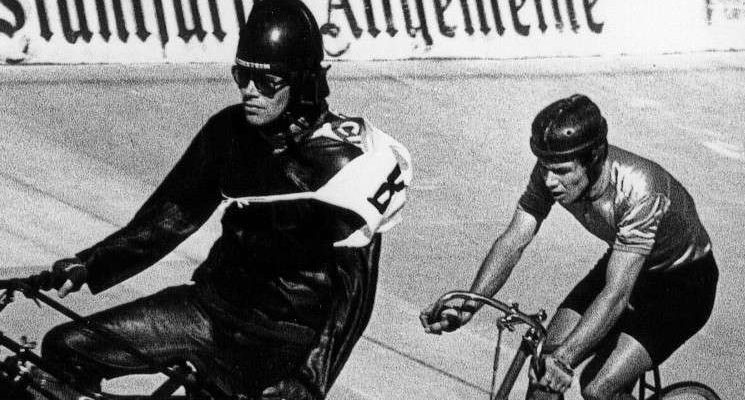For Klaus-Peter Murawski, the matter is clear: “You can’t just continue there now,” says the Nuremberg chairman of the Bund Naturschutz (BN). What Murawski means: The accelerated procedure for the development plan in the area of the traditional velodrome in Nuremberg-Reichelsdorf must be stopped. In 2016, an investor acquired the railway, which opened in 1904. It is to be demolished and, like around 200 old trees, made way for new apartments. This was decided by the Nuremberg city council at the end of last year.
Murawski and the BN want to prevent this. And see themselves strengthened by a judge’s verdict. In July, the Federal Administrative Court in Leipzig ruled in a case from Baden-Württemberg that no accelerated procedure without an environmental assessment may take place in the case of open spaces outside the settlement area of a municipality. The corresponding paragraph 13b of the Building Code (BauGB), which Outsidedevelopment of towns and communities is in violation of EU law.
And here the Reichelsdorf case becomes a matter of interpretation. Because Nuremberg’s construction consultant Daniel Ulrich (independent) argues: The city does not apply this paragraph at all. But paragraph 13a BauGB. This paragraph creates the legal framework for development plans in the Insidedevelopment of cities and communities. “Therefore, the court’s grounds for rejection under European law would come to nothing in all cases in Nuremberg,” Ulrich said in writing on request – because the court has the Outsidedevelopment judged.
Only, Murawski and the BN state: The city itself states in the procedural documents that the former velodrome is Outsidearea. The former mayor of Nuremberg refers to a passage that says: “The area is not within the scope of the Tree Protection Ordinance.” You have to know: The said municipal tree protection ordinance regulates the protection of the tree population within of the built-up areas. And if the regulation does not apply, the BN concludes, then the racetrack must inevitably be outside. And, as Leipzig judged, there would be a statutory environmental assessment – which the city wanted to do without in order to speed up the process.
Building consultant Ulrich points out that there is “of course” an environmental report and a two-stage species protection test by experts. Nuremberg attaches great importance to environmental issues. However, the city does not carry out the more time-consuming and costly statutory examination, as provided for in the paragraph that the BN believes is correct.
The BN also presented its argument to Mayor Marcus König (CSU) and initially wants to wait for his feedback. However, Murawski is already announcing that if the procedure is not discontinued – and if it is relaunched at all, including the environmental assessment – a legal supervisory complaint will be filed with the government of Central Franconia.
The BN considers the environmental assessment to be indispensable because he recognizes “grotesque contradictions” and “serious technical errors” in the existing environmental report. The so-called special species protection test does not cover many animal species. The BN also criticizes the plan to replace the felled old trees with the same number of young trees. These could not bind the same amount of carbon dioxide.

